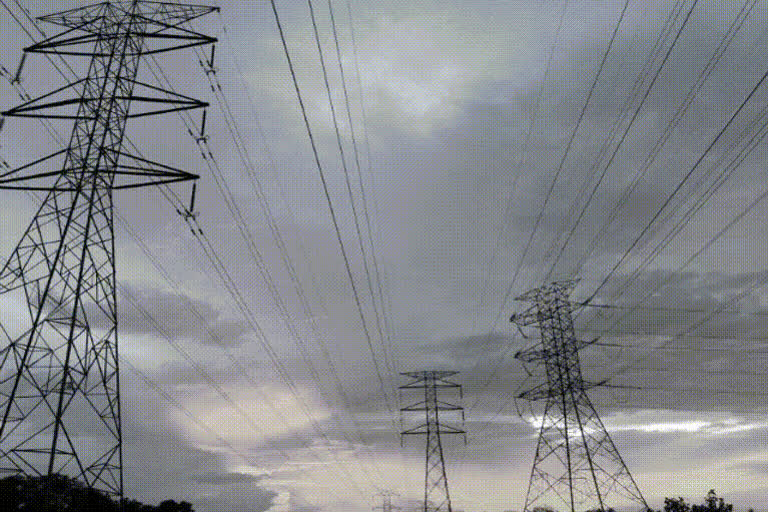Hyderabad:The Center is preparing for key reforms in the country’s power sector. Finance Minister Nirmala Sitharaman has allocated Rs 22,000 crores in the budget towards power and alternative energy sources sectors, with the aim of making major changes in the distribution system.
In order to achieve the objective of Narendra Modi’s five trillion-dollar economy, investments must be directed towards the infrastructure sector. He announced that Rs 100 lakh crores will be utilized over the next 5 years towards improving the infrastructure. To that end, the working committee has released a comprehensive report on infrastructure investments worth Rs 102 lakh crores.
An additional Rs 3 lakh crores is expected to be added to the final expenses. About 24 percent of this amount is allocated to the power sector. Electricity is the essential for the economic development of any nation. India, which was once hit by power shortage, has now risen to the point of exporting electricity.
All the governments irrespective of political parties have contributed to this achievement. The Modi government has put impeccable efforts by providing electricity access to all the villages. With the Saubhagya scheme, every household could get electricity. But there are still many villages and households that don’t have uninterrupted power supply.
India lags behind in the world rankings in this regard. That is why this sector was given utmost importance and Rs 25 lakh crores were allocated specially to the power sector. Renewable power projects are given high priority. Nearly 40 percent of all electricity produced in the next 5 years is planned through ecofriendly and renewable energy sources.
Foreign investments are being invited to encourage this initiative. As of now, 47 percent of the total electricity is generated by private sector. The sector is currently facing many challenges. Power companies are mired in crisis. At first, traditional production companies are having trouble supplying coal. Second, distribution companies are not paying the dues to manufacturing companies. Third, there is no demand for equivalent supply.
Deficiencies in electricity supply has brought about significant changes in the power sector over the past few years. Currently, the entire country is connected through a single power grid. This is a huge step forward. While reforms in the manufacturing and supply sectors are satisfactory, there are several shortcomings in the distribution sector.
As of November 2018, distribution companies owe Rs 81,085 crores to the manufacturing companies. These issues have impacted the banks too. The debts of power companies are classified as illiquid assets, which damaged the financial position of banks. That is why the government is embarking on several reforms in the power sector. These reforms are divided into three categories. First, the structural ones. The most important one being the establishment of electricity regulation commission. Second, management reforms. With this, the consumer can purchase electricity from anyone with the “open axis” system.
Lastly, economic reforms. The central government has been able to provide financially viable distributors with the Uday scheme. All the Indian states except West Bengal have been utilizing this scheme. Though the distribution companies gained slight profits in the beginning, they went back to financial losses. Last year, the Center has come up with a new scheme to inculcate financial discipline.
Read:India to spend $100 bn on energy infra, says PM inviting Saudi investment
Accordingly, the manufacturing companies supply electricity to the distribution companies on credit policy. With this, the current dues have reduced but the past dues are still pending. Distributors form the weakest link in the power sector. The state governments have absolute control over these distribution companies. Issues such as lack of arbitrage, discrepancies in tariff, delay in paying the dues are plaguing the power sector.
